In the heart of a bustling construction site, where precision and timing are everything, one overlooked element can change the outcome: lighting. Imagine workers navigating a dimly lit site where every shadow harbors a potential hazard. But with the introduction of LED strip work lights, this scenario is swiftly transformed, ensuring every inch of the site is bathed in bright, reliable light. These innovative lights are not just a convenience—they’re a game-changer.
Proper lighting in construction is crucial, as it directly impacts productivity, safety, and project timelines. According to the Occupational Safety and Health Administration (OSHA), inadequate lighting is a leading cause of accidents on job sites, contributing to thousands of injuries each year. In an industry where deadlines are tight, and margins are thin, the ability to work efficiently around the clock with dependable lighting like LED strip work lights can make all the difference.
You’ll discover how LED strip work lights revolutionize construction sites as you continue reading. From enhanced safety to significant cost savings, these lights are proving indispensable. Dive in to learn why they are quickly becoming the lighting solution of choice for professionals across the industry.
The Critical Role of Lighting in Construction Projects
Lighting is a fundamental element in any construction project, directly influencing productivity, safety, and the overall timeline of a job. Inadequate lighting can lead to errors, accidents, and delays, escalating costs and extending project deadlines. On the other hand, proper lighting solutions create an environment where tasks can be executed with precision, efficiency, and minimal risk. By ensuring that all site areas are well-lit, workers can operate confidently, leading to smoother operations and fewer interruptions.
Well-planned lighting not only enhances visibility but also improves workflow. Workers can move more freely, equipment can be operated more safely, and tasks that require attention to detail—such as wiring or painting—can be performed more accurately. This, in turn, reduces the likelihood of rework, which is a common cause of delays in construction projects. Moreover, well-lit sites help prevent accidents, which are not only costly but can also bring a project to a halt. In short, investing in quality lighting is investing in the overall success of the construction project.
How LED Technology Is Revolutionizing Construction Lighting
The shift from traditional lighting to LED technology represents a significant advancement in construction practices. LED lights offer many benefits, making them superior to older, more conventional lighting options. They consume less energy, last longer, and are far more durable—attributes that are particularly important in the demanding environments of construction sites.
The Transition from Traditional Lighting to LED
Traditional lighting options, such as incandescent and fluorescent bulbs, have long been the standard in construction. However, they have many drawbacks, including high energy consumption, frequent replacements, and susceptibility to damage in harsh conditions. LED technology, by contrast, addresses all these issues. LEDs use a fraction of the power required by traditional lights, have a significantly longer lifespan, and are far more resistant to shock, vibration, and extreme temperatures. This makes them ideal for construction environments where reliability and efficiency are paramount.
Overview of the Benefits of LED Technology in Construction Environments
The advantages of LED technology extend beyond mere energy savings. LED lights provide a more consistent and higher-quality light output, enhancing job site visibility. They also produce less heat, reducing the risk of burns or fires—a critical safety consideration in construction. Furthermore, the versatility of LED lights allows them to be used in various applications, from task lighting to perimeter security, making them a valuable tool in any construction project.
LED Strip Work Lights: The New Standard in Construction Lighting
LED strip work lights have quickly become the lighting solution for many in the construction industry. Their compact design and powerful light output make them ideal for a wide range of applications. But what exactly sets these lights apart?
LED strip work lights are flexible, linear lights that can be installed almost anywhere. They are typically mounted on a flexible circuit board, allowing them to be shaped and placed in areas that are difficult to illuminate with traditional lighting. Their growing popularity in the construction industry can be attributed to their ease of use, durability, and the superior quality of light they provide. Unlike bulky work lamps or overhead lights, LED strip lights can be installed quickly and provide uniform illumination, ensuring no corner of the site is left in the dark.
Several factors drive the shift towards LED strip work lights:
- Their energy efficiency translates directly into cost savings in terms of power consumption and reduced maintenance.
- Their durability means they can withstand the rigors of a construction site, including exposure to dust, moisture, and rough handling.
- Their flexibility and ease of installation make them a versatile lighting solution that can be adapted to various construction needs, from temporary setups to more permanent installations.
Key Features That Make LED Strip Work Lights Ideal for Construction
An LED strip work light is a flexible, elongated lighting fixture that houses multiple LED bulbs. These lights are designed to be portable, durable, and easy to install, making them ideal for use in construction environments. Standard electrical outlets can power them and are often equipped with waterproof and dustproof housings to protect them from the elements.
While traditional work lights often require cumbersome setups and are prone to damage in harsh conditions, LED strip work lights offer a more streamlined and resilient alternative. They can be easily affixed to walls, ceilings, scaffolding, or even machinery, providing focused and consistent illumination wherever needed. Additionally, their low power consumption means they can be run for extended periods without the need for frequent bulb replacements or excessive energy costs.
Portability and Ease of Installation
One of the standout features of LED strip work lights is their portability. They are lightweight and easily transported from one location to another, making them perfect for dynamic construction environments. Whether you need to light up a specific task area or provide general illumination across a larger space, these lights can be quickly deployed and repositioned.
Superior Energy Efficiency and Cost-Effectiveness
LED strip work lights are designed to be incredibly energy-efficient, consuming a fraction of the power required by traditional lighting solutions. This reduces electricity costs and extends the lights’ lifespan, resulting in fewer replacements and lower maintenance expenses. Throughout a long-term project, these savings can be substantial.
Durability and Performance in Challenging Construction Site Conditions
Construction sites are tough environments, with constant exposure to dust, moisture, and physical impacts. LED strip work lights are built to endure these conditions, with robust housings and advanced thermal management systems that prevent overheating and ensure consistent performance. Their durability means they can function reliably even in the most challenging settings, reducing the need for frequent replacements and minimizing downtime.
Choosing the Right LED Strip Work Light for Your Construction Site
Assessing Your Project’s Lighting Requirements
Before selecting LED strip work lights, assessing your project’s specific lighting needs is essential. Consider factors such as the site size, the type of work being performed, and the project duration. For example, a large-scale construction site may require high-output LED strip lights to ensure adequate illumination, while smaller projects might benefit from more compact, portable options.
Understanding Lumens and Brightness Needs
Lumens measure the total amount of visible light emitted by a source, and understanding this metric is crucial when selecting LED strip work lights. Different construction tasks require varying brightness levels, and choosing the right lumen output can significantly affect visibility and safety. For instance, detailed tasks like electrical work may require higher lumen levels to ensure precision, while general site lighting may need less intensity but broader coverage.
Evaluating Color Temperature for Optimal Work Conditions
Color temperature, measured in Kelvin (K), affects the appearance of light and can influence worker comfort and productivity. LED strip work lights are available in various color temperatures, ranging from warm (yellowish) light to cool (bluish) light. Selecting the appropriate color temperature depends on the specific needs of the project. For example, cooler temperatures are often preferred in construction settings because they provide a crisp, clear light that enhances visibility, particularly in areas with limited natural light.
Considering IP Ratings for Durability in Rugged Environments
Ingress Protection (IP) ratings indicate the level of protection a light fixture has against solids and liquids. In construction environments, where exposure to dust, water, and other elements is common, choosing LED strip lights with a high IP rating is essential. This ensures that the lights will perform reliably even in harsh conditions, reducing the risk of failures and the need for replacements.
Key Features to Look for in LED Strip Work Lights
Certain features can enhance their functionality and performance when selecting LED strip work lights. Portability and plug-and-play functionality are essential for ease of use on dynamic job sites. Additionally, features such as thermal management, advanced optics, and dimmability allow for customized lighting solutions that can be tailored to the project’s specific needs. A high Color Rendering Index (CRI) is also desirable, as it ensures that colors appear more natural under the light, which is particularly important for tasks requiring color accuracy.
Top Recommendations: Best LED Strip Work Light Models for Construction
To help you make an informed decision, we’ve curated a list of the best LED strip work light models for construction projects. These recommendations are based on their performance, durability, and customer reviews. Each model offers unique features that cater to different project needs, ensuring you can find the perfect lighting solution for your specific requirements.
Installation Tips for Maximizing Efficiency
Planning Your Lighting Layout: Where to Place LED Strip Lights
Proper planning is essential to maximize the efficiency of your LED strip work lights. Consider the layout of your construction site and identify key areas that require illumination. Position lights to eliminate dark spots, shadows, and blind spots that could hinder visibility and safety. By strategically placing lights in high-traffic areas, work zones, and perimeters, you can create a well-lit environment that promotes productivity and reduces the risk of accidents.
Strategic Placement for Optimal Lighting
The placement of LED strip work lights can significantly impact their effectiveness. Focus on illuminating key work areas, site perimeters, and hazardous zones where visibility is critical. Proper placement ensures that the light is distributed evenly and helps reduce shadows that could obscure potential hazards. Additionally, placing lights at appropriate heights and angles can enhance their coverage and efficiency.
Tips for Quick and Secure Installation
Installing LED strip work lights can be straightforward, but following a few best practices can ensure a secure and effective setup. Start by cleaning the surfaces where the lights will be mounted to ensure proper adhesion. Use mounting clips or adhesive backings for added stability. For longer installations, consider using connectors to maintain consistent light output. Whether opting for DIY installation or professional assistance, these tips will help ensure that your lights are securely installed and ready for use.
Maintenance Practices to Prolong Lifespan
Regular maintenance is essential to maximize the lifespan of your LED strip work lights. This includes cleaning the lights to remove dust and debris, checking for any signs of wear or damage, and ensuring that all connections are secure. Regular maintenance extends the life of your lights and ensures that they continue to perform at their best throughout the project. By incorporating these simple practices into your routine, you can avoid unexpected failures and keep your site well-lit and safe.
Real-Life Success Stories with LED Strip Work Lights
Case Study: Boosting Efficiency on a Large Construction Site
One large-scale construction project that incorporated LED strip work lights saw significant improvements in both efficiency and safety. The project, which involved the construction of a multi-story commercial building, required consistent, reliable lighting to ensure that work could proceed smoothly at all hours. By installing LED strip lights throughout the site, the construction team maintained high visibility, reduced errors, and completed the project ahead of schedule. The specific impact of these lights on project timelines and overall efficiency was profound, demonstrating the value of investing in quality lighting solutions.
Testimonials from Construction Professionals
Construction professionals who have used LED strip work lights on their projects have consistently praised their performance and reliability. Many have noted the difference these lights have made in improving visibility and reducing accidents on site. One project manager shared that their team experienced fewer delays and higher productivity after switching to LED strip lights, ultimately leading to cost savings. These real-world testimonials highlight the effectiveness of LED strip work lights in enhancing construction operations.
Future Trends: The Evolution of LED Technology in Construction Lighting
As technology advances, the future of LED strip lighting in construction looks promising. Emerging technologies lead to the development of even more efficient, durable, and versatile LED solutions. Innovations such as smart lighting systems, which can be controlled remotely and adjusted for different conditions, are on the horizon. These advancements will further enhance the efficiency and effectiveness of LED strip lights in construction settings.
The evolution of LED technology is set to revolutionize construction lighting in the coming years. With advancements in brightness, color accuracy, and control systems, LED strip lights will become even more integral to construction projects. These new developments will improve worksite efficiency and contribute to safer and more sustainable building practices. As the construction industry continues to embrace these innovations, LED strip lights will play a key role in shaping the future of construction lighting.
FAQs
Q: What are the key benefits of using LED strip work lights on construction sites?
A: LED strip work lights offer numerous benefits, including energy efficiency, durability, and enhanced visibility. These lights consume less power than traditional options, reducing energy costs, and their long lifespan means fewer replacements. Their bright, uniform light improves safety by reducing shadows and glare, making them ideal for construction environments.
Q: Can LED strip work lights be used in outdoor construction zones?
A: Absolutely. Many LED strip work lights are designed with high IP ratings, such as IP65 or IP67, which make them resistant to dust and water. This makes them perfect for outdoor construction zones, where they can withstand harsh weather conditions and maintain reliable performance.
Q: How do LED strip work lights improve safety on construction sites?
A: LED strip work lights enhance safety by providing consistent, bright illumination that reduces shadows and glare. This improves visibility across the site, helping workers see potential hazards and perform tasks more accurately, which, in turn, reduces the likelihood of accidents and injuries.
Q: What factors should I consider when choosing LED strip work lights for my construction project?
A: When selecting LED strip work lights, consider factors like lumen output, color temperature, IP rating, and the specific needs of your project. Ensure the lights provide adequate brightness for the tasks, have a suitable color temperature for the work environment, and offer the necessary protection against dust and moisture.
Q: Are LED strip work lights cost-effective for long-term use on construction sites?
A: Yes, LED strip work lights are highly cost-effective over the long term. They consume significantly less energy than traditional lighting, which lowers electricity costs. Additionally, their durability and long lifespan reduce the need for frequent replacements, saving on maintenance and replacement costs.
Q: How do I securely install LED strip work lights on a construction site?
A: Clean the surface where the lights will be mounted for secure installation. Use adhesive backings or mounting clips for stability. For longer runs, consider using connectors to maintain consistent light output. Proper planning and placement ensure the lights remain secure and effective throughout the project.
Q: What makes LED strip work lights more durable than traditional lighting?
A: LED strip work lights are built to endure the demanding conditions of construction sites. They are designed with robust materials that resist impacts, vibrations, and exposure to dust and moisture. Additionally, advanced thermal management systems prevent overheating, enhancing their durability and reliability.
Q: How does the color temperature of LED strip worklights affect worker productivity?
A: The color temperature of LED strip work lights can significantly impact worker comfort and productivity. Cooler color temperatures (5000K and above) provide crisp, clear lighting that enhances visibility and alertness, making it easier for workers to focus on detailed tasks and maintain high productivity.
Q: Can LED strip work lights be customized for specific construction needs?
A: Yes, many manufacturers offer customizable LED strip work lights. You can choose different lengths, widths, brightness levels, and color temperatures to tailor the lighting to your project requirements. Customizing your LED strip lights ensures they meet the unique demands of your construction site.
Q: How do LED strip work lights contribute to sustainable construction practices?
A: LED strip work lights are highly energy-efficient, reducing a construction project’s overall carbon footprint. Their long lifespan means fewer replacements, which conserves resources and reduces waste. Additionally, LEDs are recyclable, making them an environmentally friendly choice for sustainable construction practices.
Conclusion
LED strip work lights offer many benefits, from superior energy efficiency and enhanced safety to versatility and cost savings. Their ability to provide consistent, reliable lighting in various construction environments makes them an essential tool for modern construction projects. The long-term advantages of investing in quality LED strip lights far outweigh the initial costs, making them a smart choice for any construction site.
In today’s competitive construction landscape, using advanced lighting solutions like LED strip work lights can make all the difference in efficiency, safety, and sustainability. Unitop, as one of China’s foremost manufacturers of LED strip lights and LED neon flex, is dedicated to providing cutting-edge, reliable products that meet the demands of any project. If you have further questions or specific lighting needs, we invite you to contact us today. Let Unitop’s expertise illuminate your path to success.

Tom is now the Sales Manager of Unitop (China) Co., Limited. He has been in the LED Lighting industry ever since 2005. He is an expert in sales & marketing, and factory management. He likes bodybuilding, and he is also a crazy Apple Fan! He is a hard-working guy and loves to learn and try new things.
Email: tom@unitopledstrip.com WhatsApp: +86-18680307140

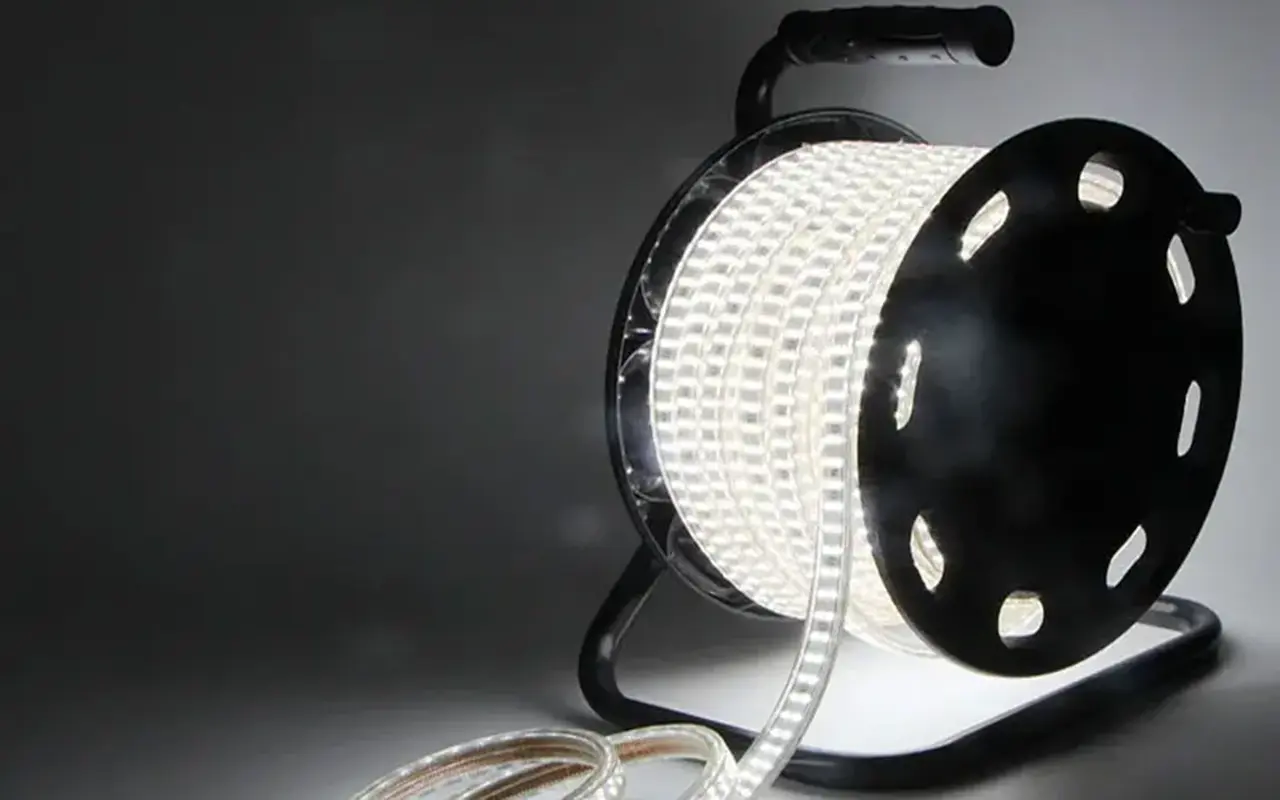
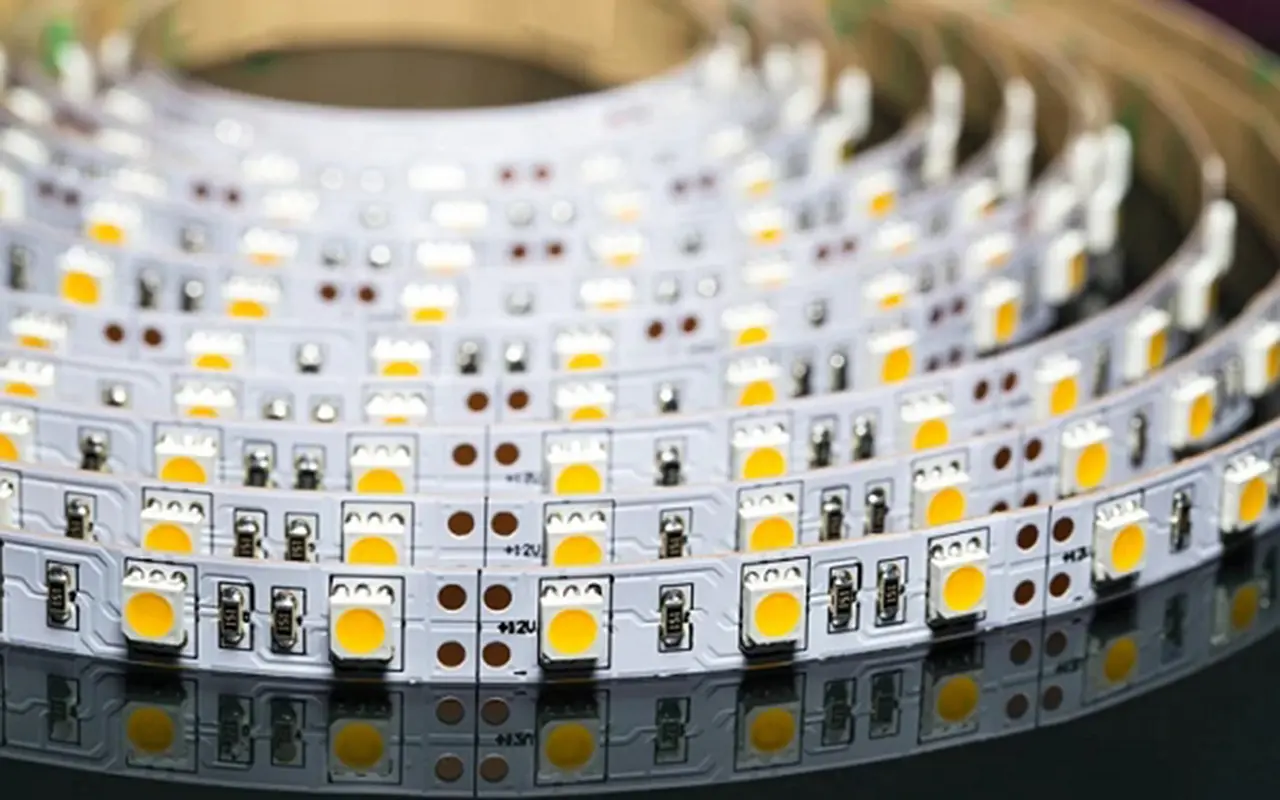
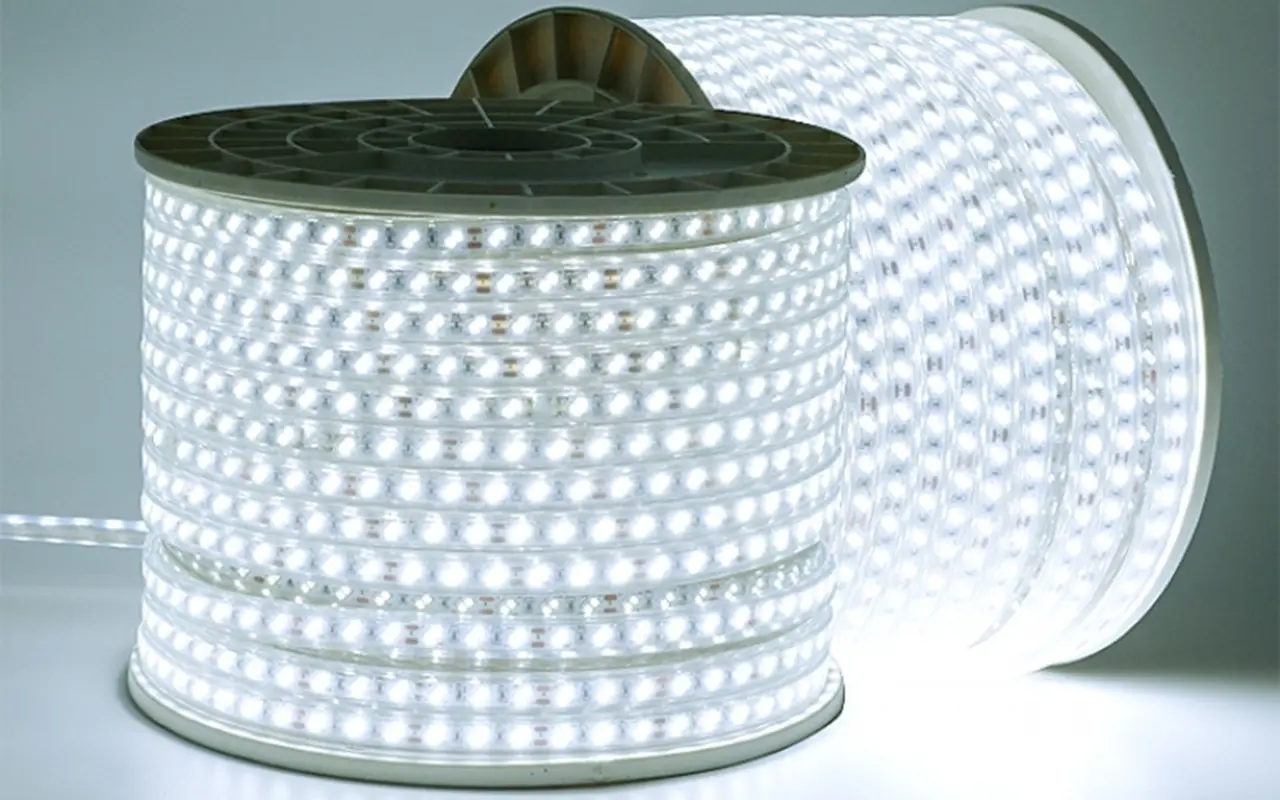
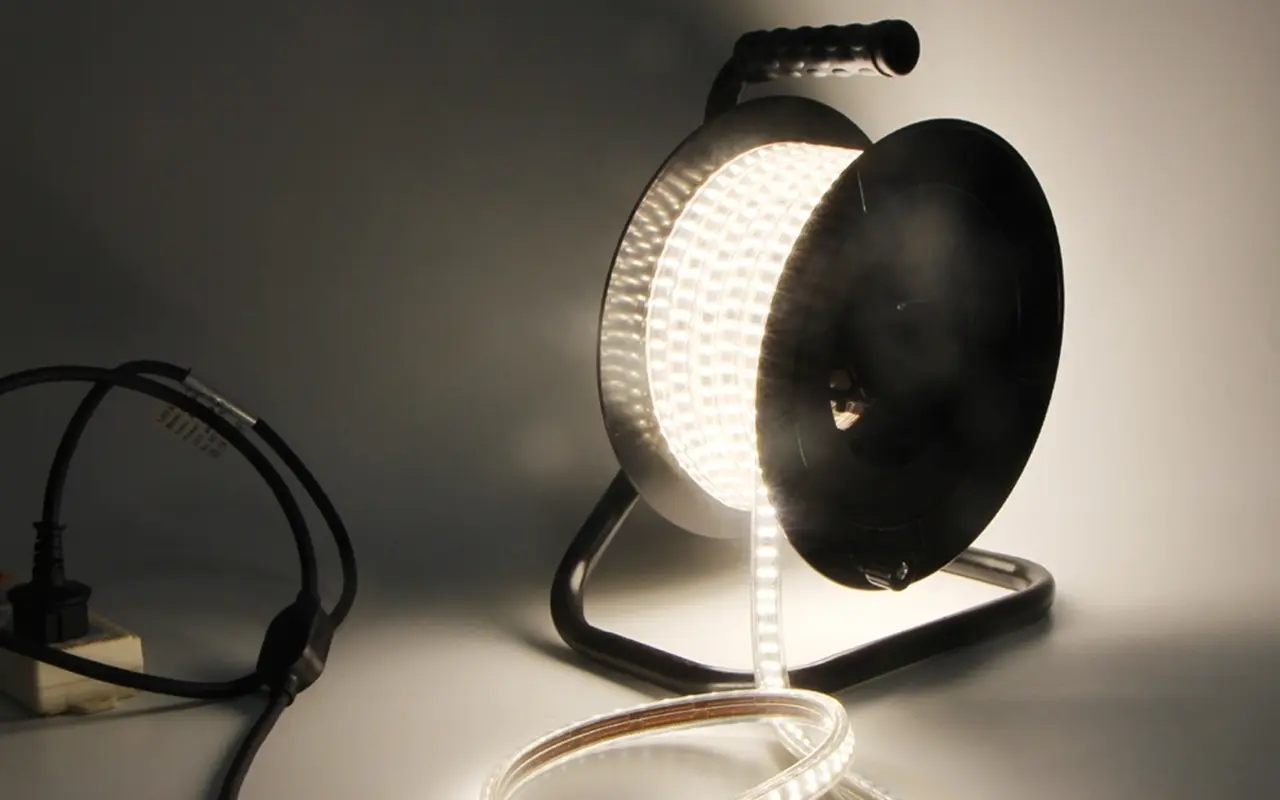
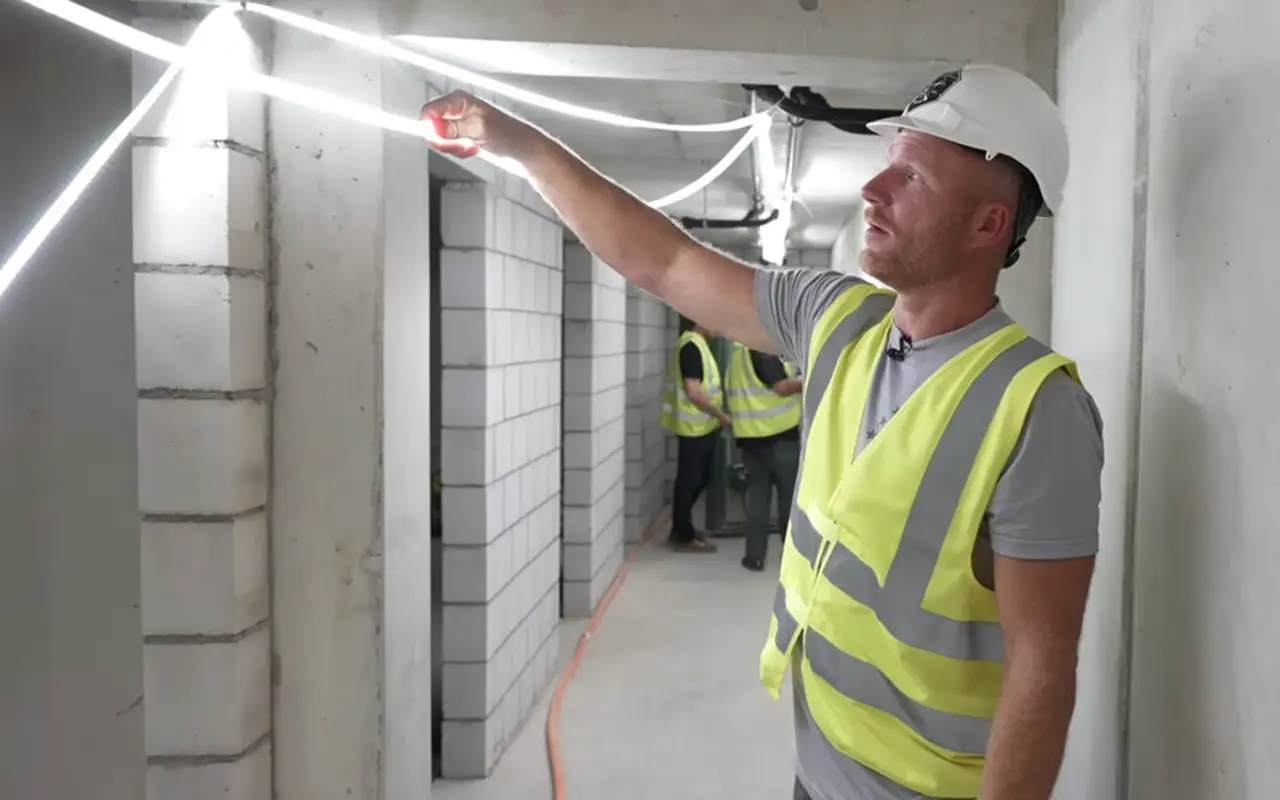
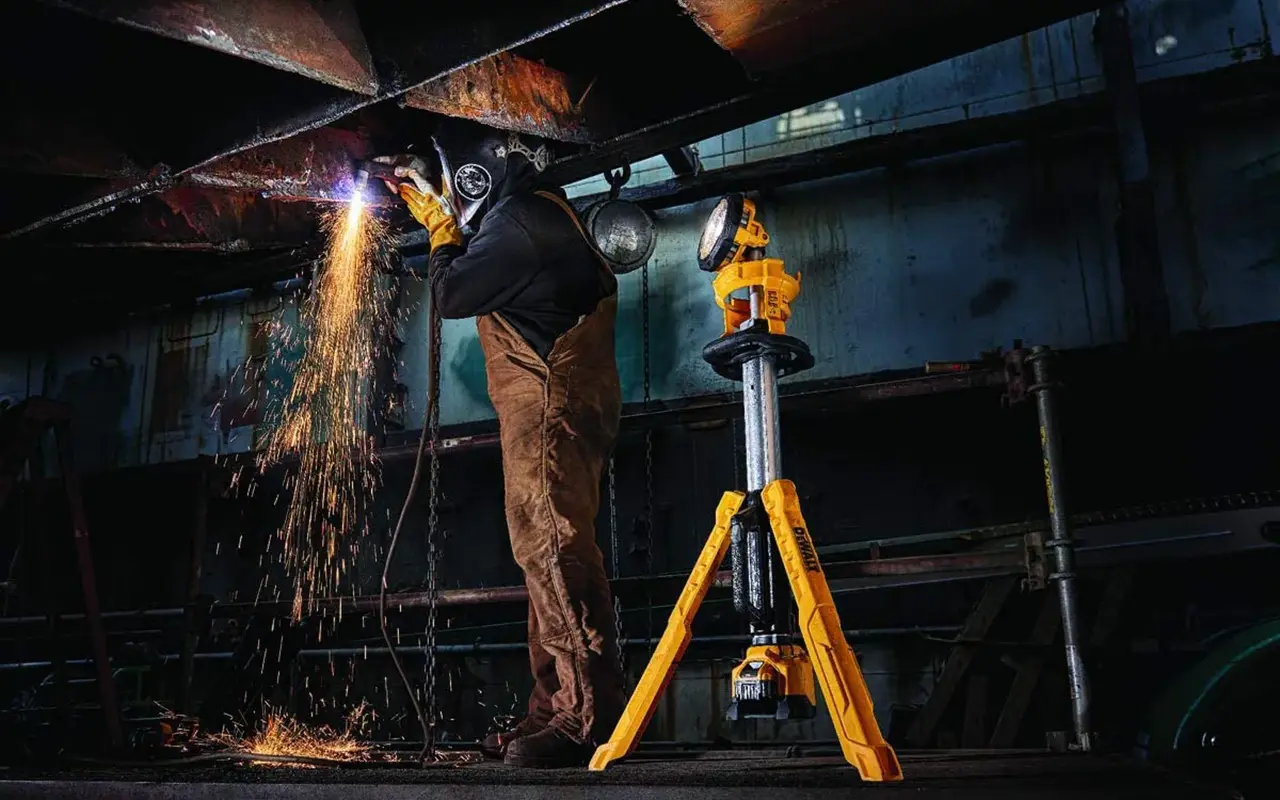
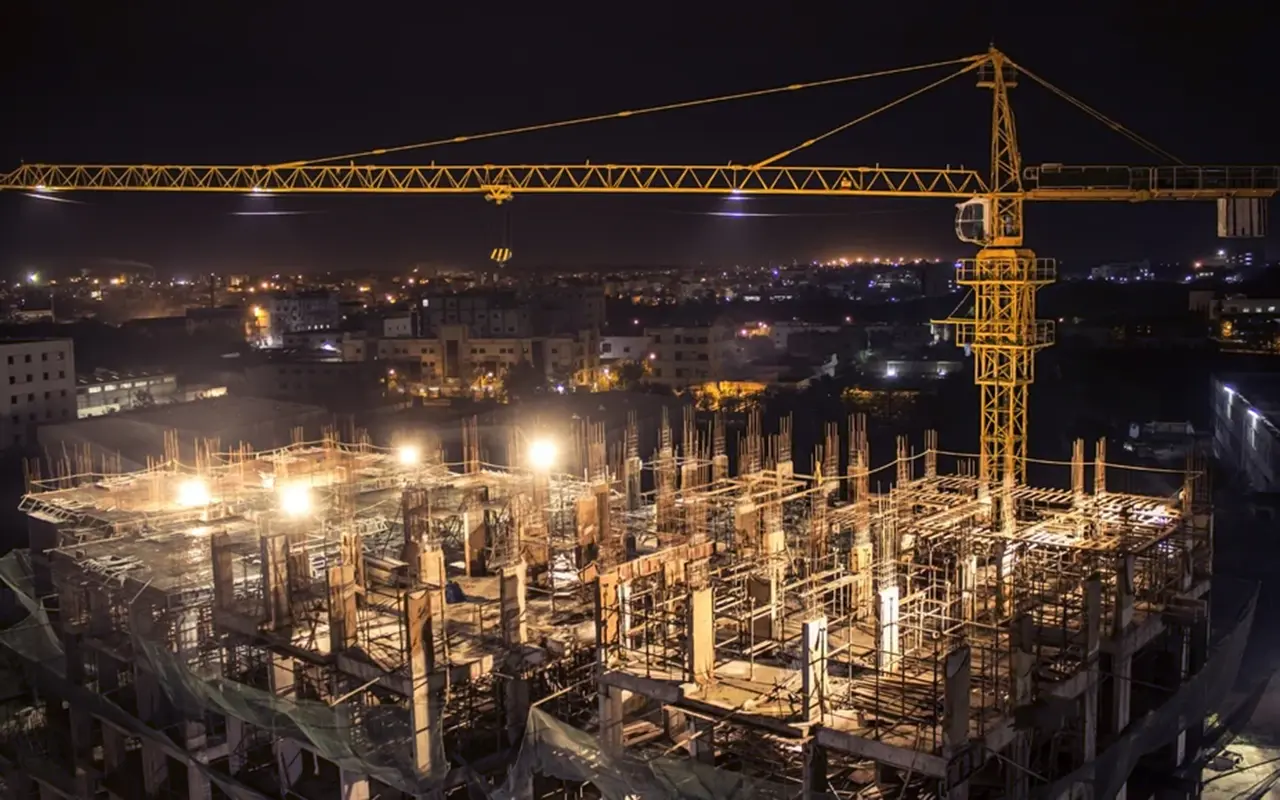

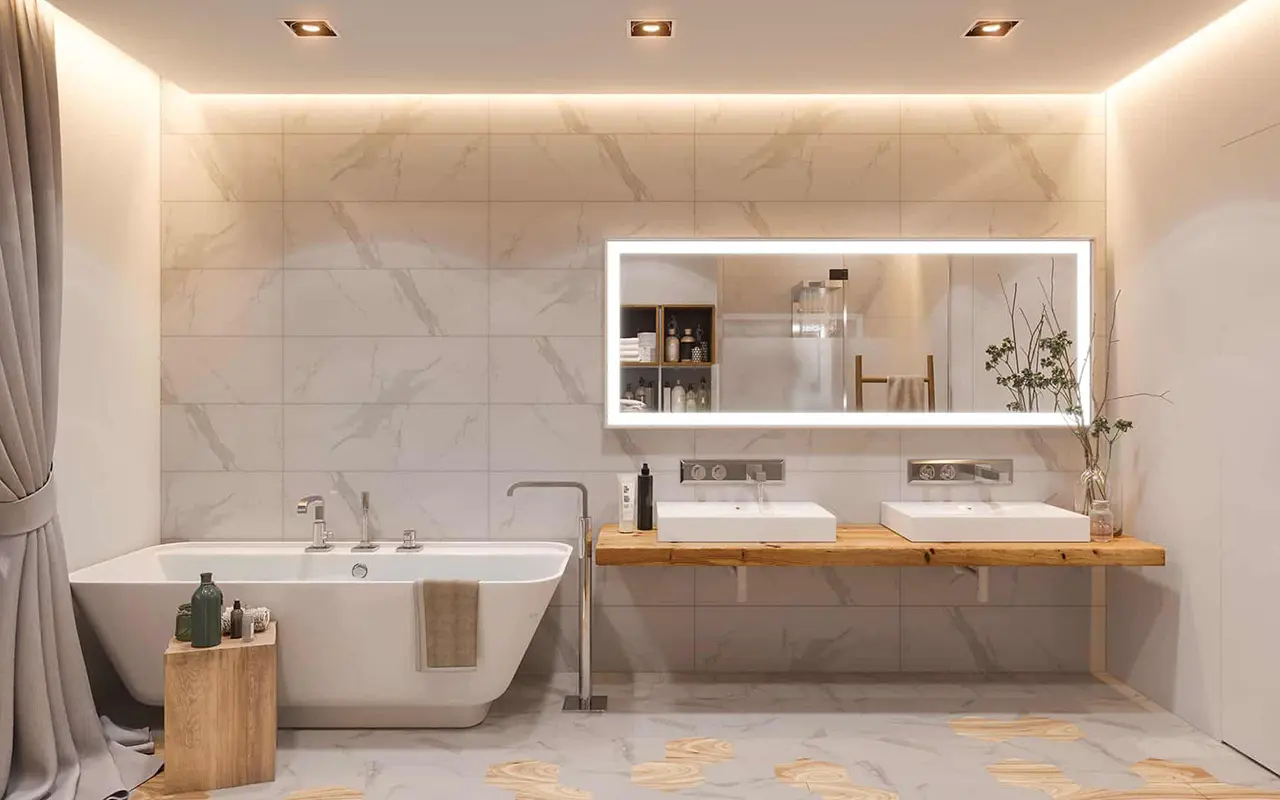
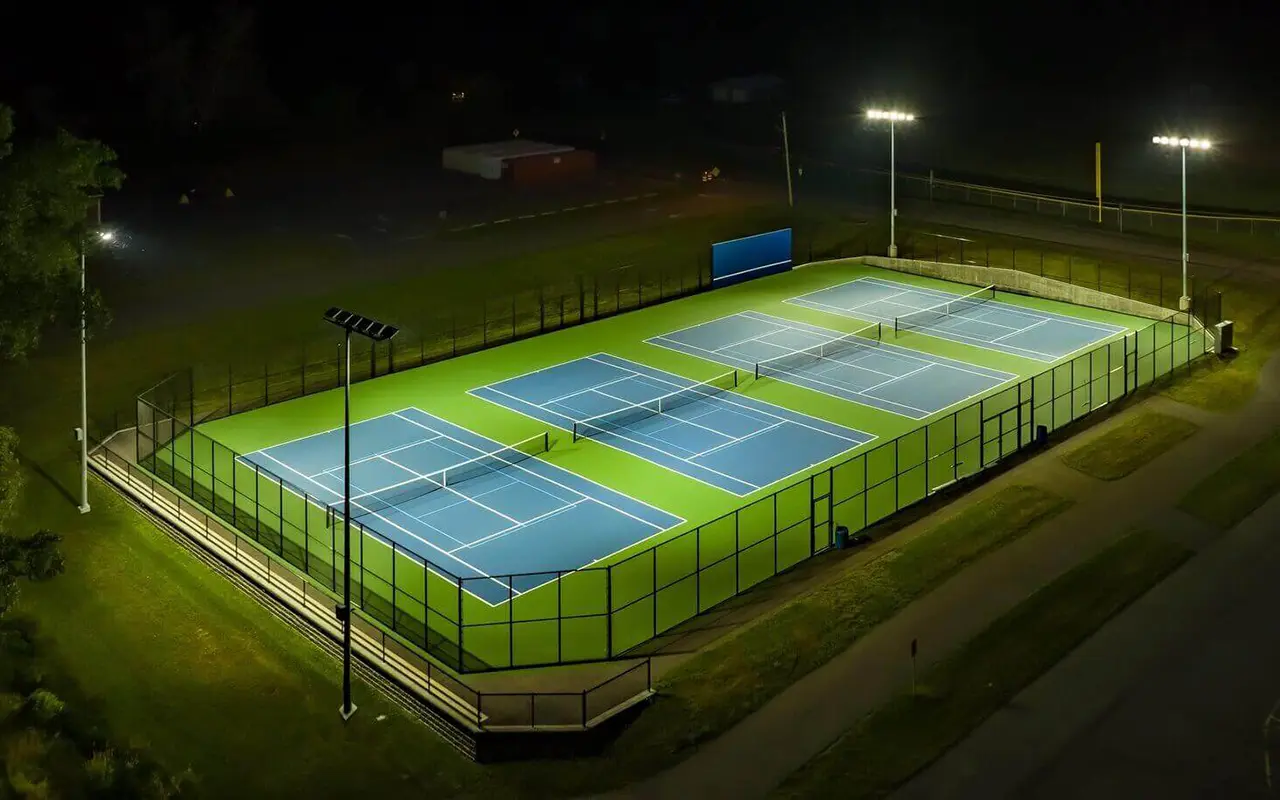
Leave a Reply
Want to join the discussion?Feel free to contribute!